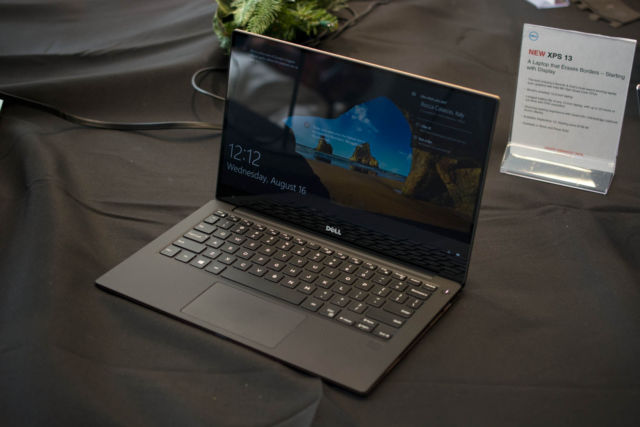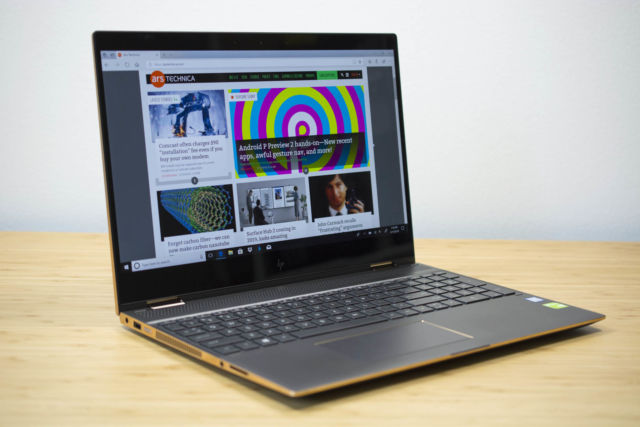
College is a time for meeting new people, opening up your worldview, taking in new experiences, reading (please, for the love of God, read), and generally experiencing the last years of a life untainted by taxes and a daily job.
It is not a time to care about things—if I could just write “books” and leave this buying guide at that, I would. But a modern student requires a few equally modern gadgets to get through the school year, and there are certainly a few pieces of technology that can make their life on campus feel a little less overwhelming and a little more enjoyable.
So, as we’ve done a few times already this year, we’ve dug through our recent reviews to put together a list of preferred gadgets, this time aimed at those heading back to school in the next few weeks. Because we’re dealing with students, we mainly focused on the affordable stuff. (We also tried to avoid anything that could too easily become a beer bong—books, everyone, books!)
Note: Ars Technica may earn compensation for sales from links on this post through affiliate programs.
Dell XPS 13

The laptop is the hub of a college student’s life, so if you can invest in it, it’s worth doing. To that end, we’ll start with a couple of mainstream notebooks in the $ 1,000 range that recently earned our “Ars Approved” award.
For a 13-inch option, Dell’s XPS 13 is still quality after all these years: it has the latest (for now) 8th-gen Intel processors and runs well, the keyboard and trackpad are comfortable and responsive, the 1080p display is sufficiently bright and accurate even if it’s not the sharpest, battery life is strong, and there’s a Thunderbolt 3 port. And while the bottom-mounted webcam is still an abomination, the slim bezels around the display save space and look good. The soft-touch interior is decidedly smoother on the wrists than bare metal, too.
Note that there are a couple of options here: the XPS 13 (9360) linked below is cheaper, has a bigger battery (and thus stands a better chance of lasting a full day), and crucially includes two USB-A ports plus an SD card slot. It doesn’t include a fingerprint reader, though, which is becoming harder to justify in 2018. The XPS 13 (9360) also lacks the option to buy a 4K display.
The newer XPS 13 (9370) gives you both of those, along with two Thunderbolt 3 ports (plus another USB-C port) and a whiter, flashier-looking color scheme. Neither model makes a touchscreen standard, though, which seems backwards in 2018. If your kid can live without a legacy USB port, the XPS 13 (9370) is a good machine, but the 9360 still does the job if they want to avoid dongles. For both devices, the configuration with a Core i5-8250U and 256GB SSD should be sufficient; the XPS 13 (9360) is available for $ 100 less than its followup with those specs.
HP Spectre x360 15t Touch

For a 15-inch notebook better suited for video and photo editing, we like the HP Spectre x360 15t Touch. Clunky name aside, its base model comes with a sharp 4K display with bold colors and a responsive touchscreen, a Core i7-8550U chip, a quality keyboard, a stylus, an Nvidia GeForce MX150 GPU for a little extra graphical power, a fingerprint reader, an IR camera, two Thunderbolt 3 ports, a USB-A 3.1 port, and a webcam in a sane position. We found it to have more than acceptable battery life in testing, though with that 4K display it’ll never be a world-beater.
The device isn’t without issues: the trackpad, while generally responsive, is weirdly small and off-center, and, at 4.5 pounds, the notebook isn’t exactly light. The Kaby Lake R chips included by default aren’t the absolute strongest, although, if your loved one doesn’t care about PC gaming, the difference shouldn’t be too noticeable. The whole thing isn’t cheap, but as a nicer-looking convertible for watching movies and enjoying more involved work, it would be a worthwhile investment. Just note that we’re due for new Intel Core processors at some point in the near future.



